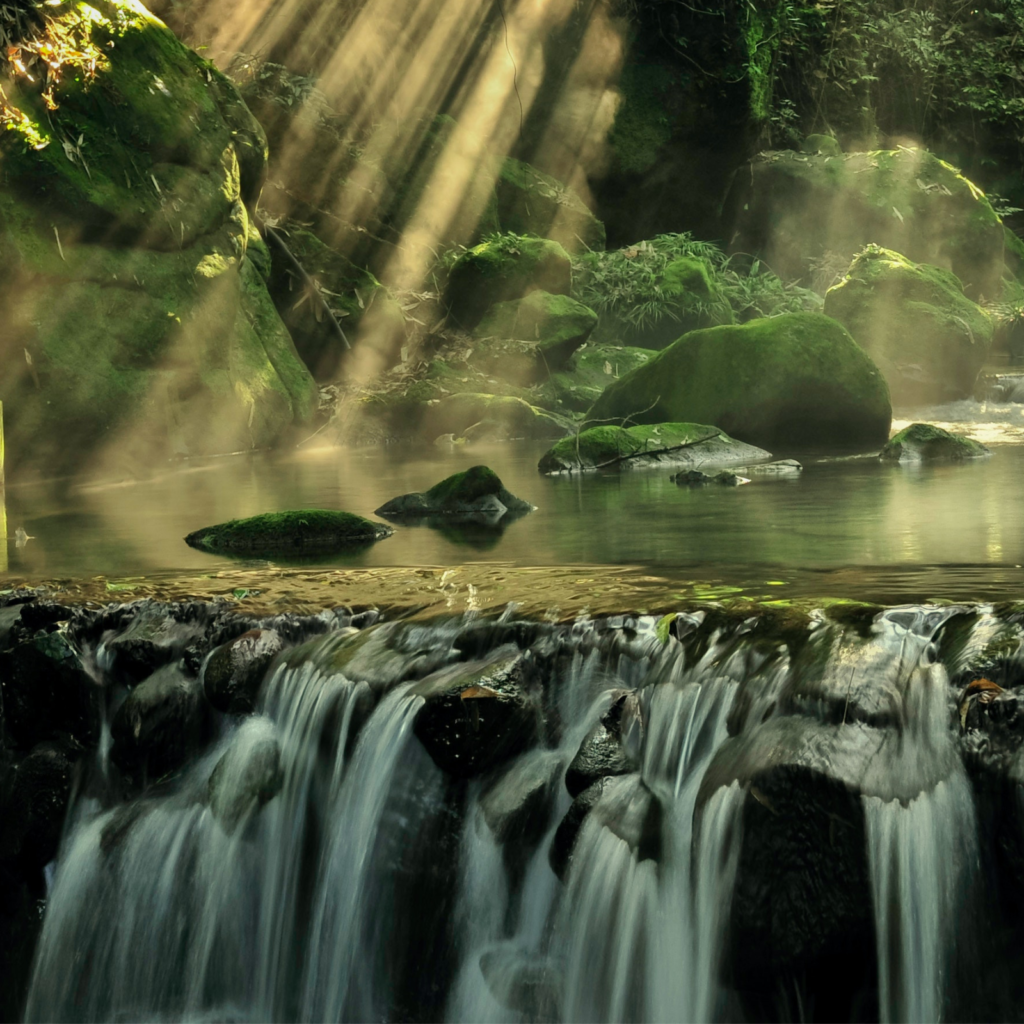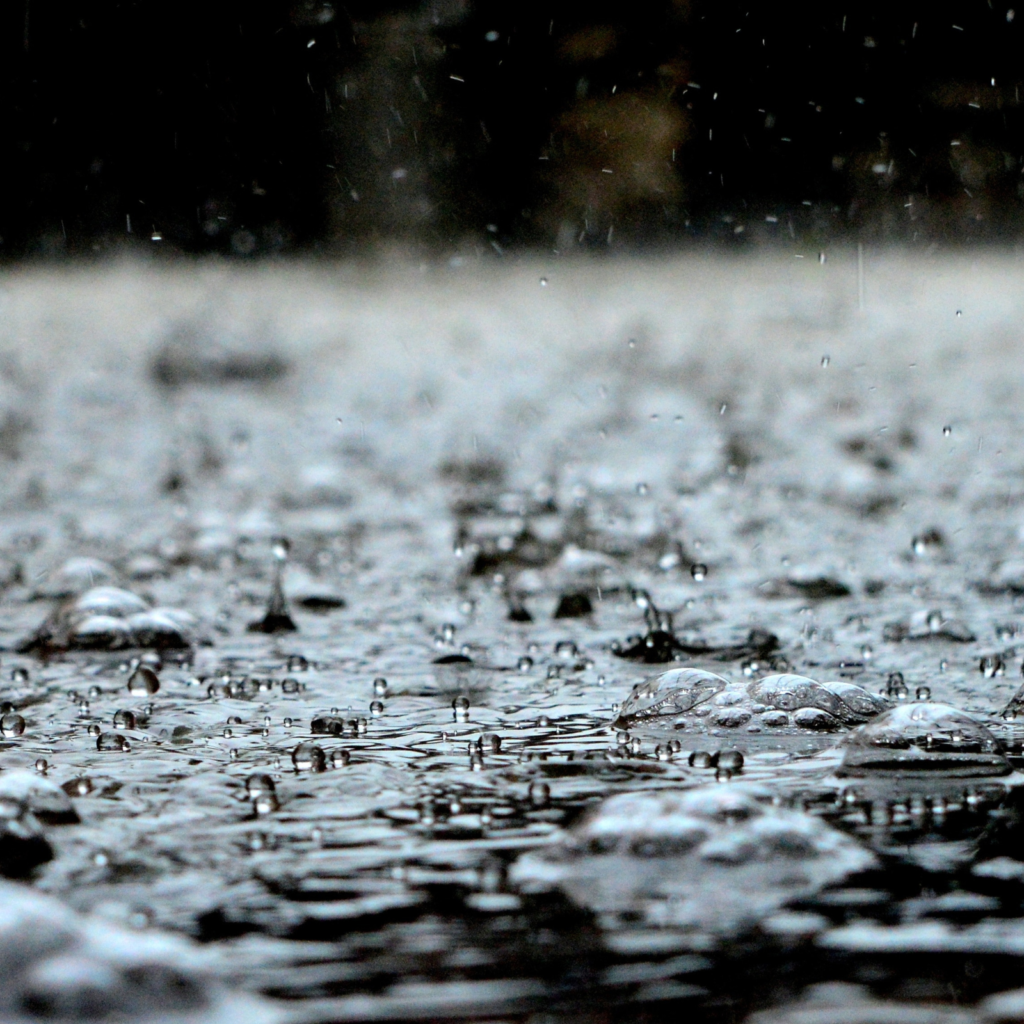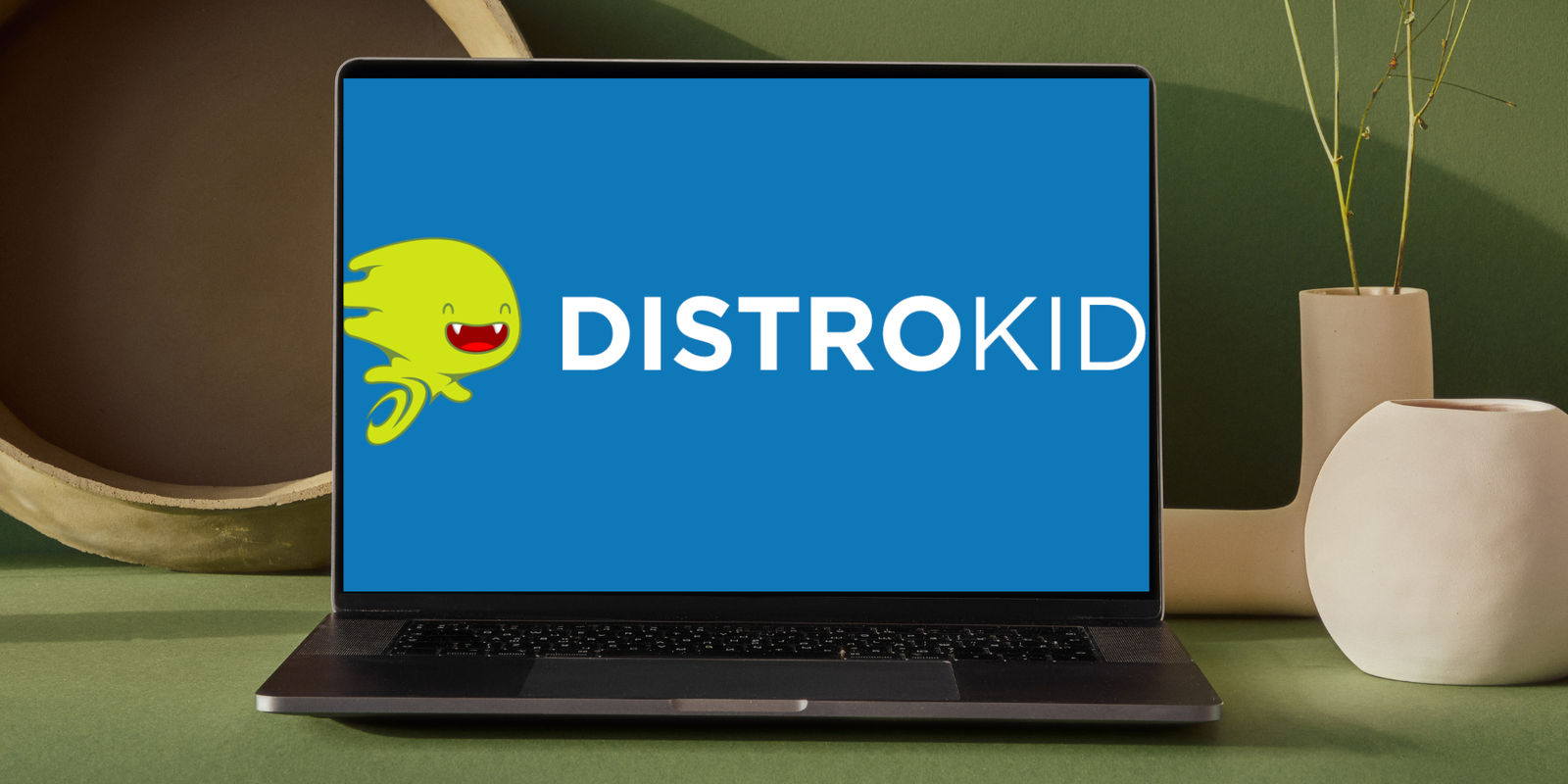
Are you an aspiring animator that Animation is a captivating form of storytelling that appeals not only to our visual senses but also to our auditory ones. Adding sound effects and music to your animations can take them to a whole new level, making them more engaging, emotional, and immersive. In this beginner-friendly guide, we’ll explore how to use sound effects and music effectively in your animations, providing simple explanations and real-world examples along the way.
1. Understanding the Role of Sound in Animation
Before diving into the practical aspects, let’s first understand why sound is essential in animation. Sound plays several crucial roles:
Setting the Mood
Imagine a dark, eerie forest in an animated scene. Without sound, it might not feel very scary. But add some rustling leaves, distant howling wolves, and creaking branches, and suddenly, the mood becomes spine-tingling.
Example: In Disney’s classic film “Snow White and the Seven Dwarfs,” the scene where Snow White enters the haunted forest is made even more ominous by the haunting sound of the forest itself.
Enhancing Characterization
Sound can reveal a lot about a character’s personality. The way a character talks, laughs, or sighs can tell the audience much more than their words alone.
Example: In Pixar’s “Toy Story,” Woody’s cowboy drawl and confident tone immediately convey his leadership and confidence.

Guiding the Viewer’s Attention
Sound can help direct the viewer’s attention to specific details or actions in the animation. It can cue viewers to look where they should or to expect something to happen.
Example: In “Tom and Jerry” cartoons, the sounds of footsteps and exaggerated thuds help viewers anticipate the characters’ slapstick actions.
Conveying Emotion
Emotion is a central part of storytelling. Sound can elicit emotions from the audience, intensifying their connection to the characters and the story.
Example: In the opening scene of Pixar’s “Up,” the emotional impact of Ellie and Carl’s relationship is amplified by the melancholic piano score.
2. The Basics of Sound in Animation
Before you start adding sound to your animation, it’s essential to understand the basics of sound production:
A. Sound Effects
Sound effects are essential for creating a rich and immersive animated world. They can be anything from footsteps and door creaks to explosions and magical spells.
Example: In Looney Tunes cartoons, the exaggerated sound effects, like the “boing” when a character bounces, add humor and excitement.
B. Music
Music is the emotional backbone of your animation. It can enhance the mood, build tension, or underscore key moments.
Example: In “The Lion King,” the epic music composed by Hans Zimmer complements the grandeur and emotional depth of the story.
C. Dialogue
If your animation includes characters speaking, dialogue is a vital component. Ensure that the dialogue is clear and understandable.
Example: In “Finding Nemo,” the distinctive voices of Marlin and Dory help the audience connect with these characters.

D. Mixing and Balancing
Properly mixing and balancing sound elements is crucial. Ensure that dialogue, music, and sound effects don’t compete with each other, but instead work together harmoniously.
Example: In DreamWorks’ “Shrek,” the mixing ensures that the witty dialogue remains audible, even when accompanied by a lively soundtrack.
3. Finding and Using Sound Effects
Now, let’s discuss how to find and use sound effects effectively:
A. Online Sound Libraries
There are numerous online sound libraries and marketplaces where you can find free or paid sound effects. Websites like freesound.org, SoundBible, and Audiojungle offer a vast selection.
Example: If you’re creating an animation of a thunderstorm, you can search for “thunderstorm sound effect” and find various options to choose from.
B. Timing and Synchronization
The timing of your sound effects is crucial. They should match the actions on the screen perfectly. Most animation software allows you to synchronize sound effects with specific frames.
Example: In a comedy animation, the timing of a “rimshot” sound effect (a drum hit used for punchlines) should coincide with the delivery of a funny line.
C. Layering and Variation
Sometimes, combining multiple sound effects or altering them slightly can create a more dynamic and realistic auditory experience.
Example: When a spaceship takes off in your animation, you can layer engine sounds, rumbling, and even wind noises to make it sound more authentic.
4. Harnessing the Power of Music
Music can elevate your animation to new heights. Here’s how to make the most of it:
A. Choose the Right Music
Select music that fits the mood and tone of your animation. Different scenes may require different styles, from orchestral scores to upbeat pop tunes.
Example: In “Wall-E,” the use of the romantic song “La Vie en Rose” beautifully conveys the budding romance between Wall-E and EVE.
B. Leverage Music for Emotion
Music has the power to convey emotion effectively. Use it to evoke the desired feelings in your audience.
Example: In “Frozen,” Elsa’s transformation into the Snow Queen is accentuated by the powerful and emotional song “Let It Go.”
C. Create Musical Themes
Consider developing musical themes for your characters or significant elements in your animation. Repeating these themes can strengthen the storytelling.
Example: In “The Simpsons,” each character has a distinct musical theme that plays when they’re in focus, enhancing their personalities.
5. Mixing and Post-Production
Once you have your sound effects and music, it’s time to mix them effectively:
A. Adjust Volume Levels
Ensure that the volume of each sound element is balanced. Dialogue should be clear, music should complement the mood, and sound effects should enhance the visuals.
Example: In “The Incredibles,” the action scenes have loud, impactful sound effects, while the quieter moments allow the witty dialogue to shine.
B. Add Ambient Sounds
Ambient sounds, such as background chatter in a café or birds chirping in a forest, can add depth to your animation.
Example: In Studio Ghibli’s “My Neighbor Totoro,” the gentle sounds of nature create a serene atmosphere in the rural setting.
C. Use Audio Transitions
Smoothly transition between different sound elements to avoid abrupt changes that can disrupt the viewer’s immersion.
Example: In “Toy Story 2,” when Woody enters the bustling toy store, the music fades in subtly, gradually replacing the ambient noise of the store.
6. Final Thoughts: The Magic of Sound in Animation
Sound effects and music are like the secret ingredients that turn a good animation into a memorable one. When used effectively, they can transport your audience into the world you’ve created, make them laugh, cry, or cheer, and leave a lasting impression.
To become a master at using sound in animation, practice is key. Experiment with different sound effects, music genres, and mixing techniques. Don’t be afraid to seek feedback and iterate on your work. As you gain experience, you’ll develop your unique style and storytelling voice through sound.
Remember, sound in animation isn’t just about making noise; it’s about crafting an auditory experience that resonates with your audience and enhances your storytelling. So, let your imagination soar, and let the magic of sound elevate your animations to new heights.
Follow our blog and join our email list for more free resources, information, and tools to help you succeed in the creative world and in life.
Author
Jordan Soulman is a singer-songwriter and audio-engineer that has been in the music industry for over 7 years. He has released over 30 songs, gaining millions of streams across Spotify, YouTube, and other outlets.

Crackling Fire Sound Effect
A cozy high quality recording of a crackling fire in stereo. Download this royalty free sound effect and use it however you like. Full length is 55 seconds.
Preview this file:

Babbling Brook Sound Effect
High quality recording of a fast moving stream, great for many background settings! 30 seconds long.
Preview this sound:

Walking Next to a Stream Sound Effect
High quality audio of someone walking next to a flowing stream. 16 seconds long.
Preview this sound:

Cricket Sound Effect
High quality recording of a cricket chirping at night. 51 seconds long.
Preview this sound:

Relaxing Fireplace Sound Effect
Download and enjoy this relaxing fireplace royalty free sound effect. Full sound effect length is 56 seconds.
Preview this file:

Happier Than Ever (Upbeat Background Music)
Great for Youtube videos, vlogs, short films, and more.
Royalty free and no credit required.
Full song length is 1:57.
Preview the track here:

Soothing Rain Sound Effect
A high quality royalty free recording of soothing rain that you can use to sleep or as part of a bigger project. The full sound effect length is 1 minute.
Preview this file:




